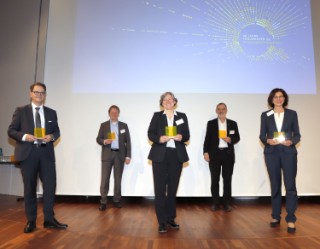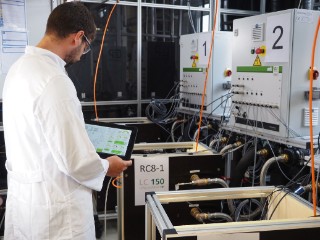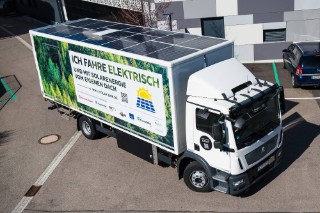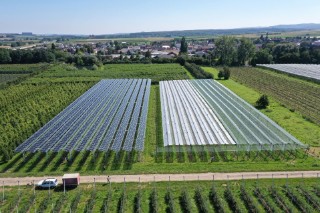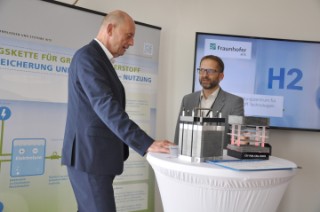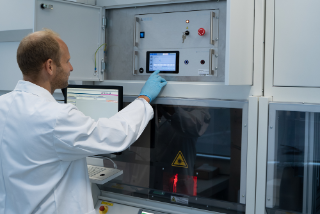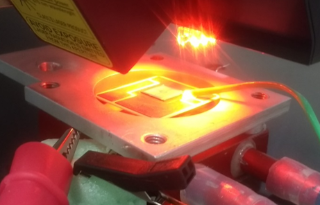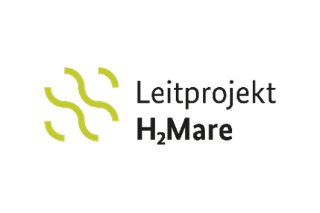Fraunhofer ISE / 2021
Fraunhofer ISE: Germany’s Tightened Climate Targets Can Be Met by 2045 with Extensive and Rapid Measures
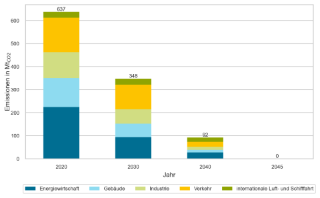
Following the Bundestag’s decision of June 2021 on the Climate Protection Act (KSG), which tightened climate regulations and moved the goal for climate neutrality in Germany to 2045, the Fraunhofer Institute for Solar Energy Systems ISE recalculated the results of its study "Pathways to a Climate-Neutral Energy System" with its energy system model REMod. The Institute works with four scenarios to analyze the effects of societal trends on achieving the climate targets. The results show that the reduction targets are still achievable by 2045, but along different paths and at different costs.
more info